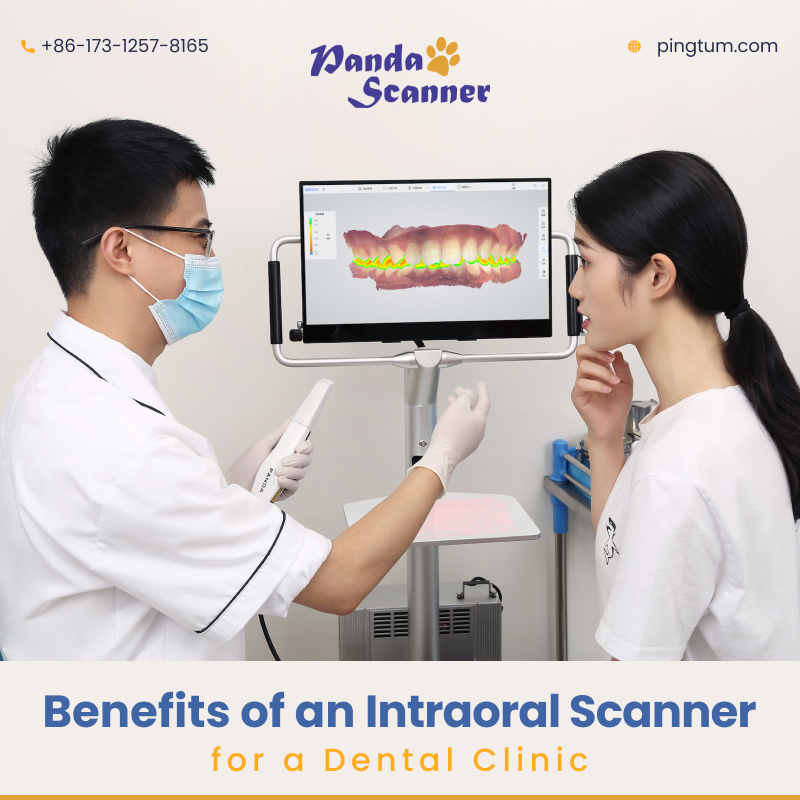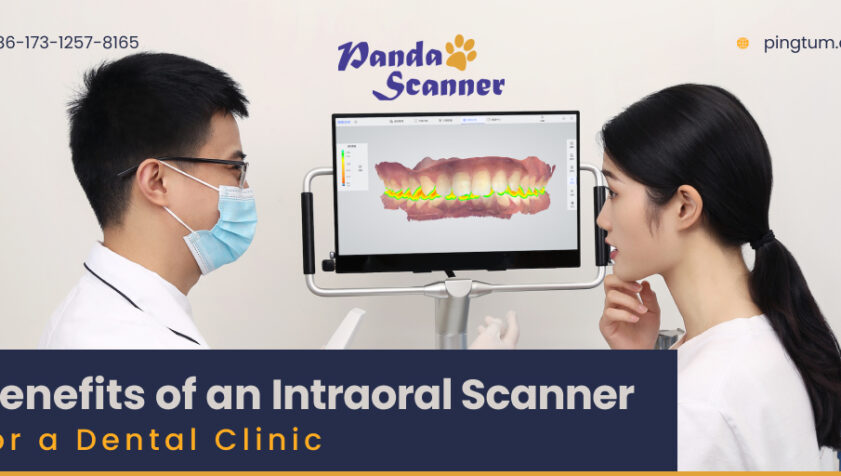Dental treatment has become high-tech with the use of advanced intraoral scanners. It is no more about dragging yourself to the clinic only to be told by the dentist to wait in the queue…for quite some time. The inordinate delay is mainly due to the use of traditional scanning techniques involving X-rays and impression materials. No wonder, visiting a dentist became more of a challenge than a seamless exercise to relieve you of pain. Enter dental scanners into the fray, which practically transformed the entire dentistry. Dentists, armed with a laser-driven intraoral scanner could perform diagnoses and recommend a suitable treatment in a jiffy. No more waiting in the wings for patients to give dental impressions or visiting the clinic repeatedly for a dental procedure to be completed.
Let us understand the benefits a dental clinic can derive by implementing a 3D intraoral scanner in its workflow:

Benefits of Using an Intraoral Scanner
The techno marvel called the intraoral scanner is easy to use and offers a wide range of benefits as described below:
Improved workflow: The ease of use, accuracy, and convenience offered by a 3D intraoral scanner is far ahead of what conventional impression-taking procedures entail. Even some scanners like the Panda P3 intraoral scanner involve the use of artificial intelligence to derive impressions. The AI-driven algorithm is such that it learns to make the next impression even better. The use of an intraoral scanner can save time as the number of remakes to make the crown is reduced. Moreover, as a dentist, you can visualize the digital version of the impression on the chairside monitor thereby evaluating its quality in a quick time. In case the impression seems to have issues, you can get more of it in the same appointment. Besides, since the scans are archived, there is no need to ask the patient to come again. The dentist can simply access the files and get the remakes.
Better revenue: Notwithstanding the initial investment in purchasing an intraoral scanner, the return on investment (ROI) can begin soon. This is because you would end up saving money on buying, packing, and shipping impression materials. Besides, you can expect better patient footfall based on the superior patient experience. As patients will be assured of getting diagnosed and treated in one visit (except in complicated cases), they will not think twice about visiting your clinic the next time or spreading the good word around. And more footfall means better revenue for your clinic.
Patient satisfaction: Patients, generally, do not like to spend hours at the clinic waiting for their turn. And when the turn comes, they are made to sit on a chair and asked to bite into an impression material for several minutes should they need to mend their broken or missing tooth. On the other hand, using a dental scanner, such as the China intraoral scanner, can get your impressions in a jiffy. The whole procedure can be done in minutes, and the impressions too can be built by the dental laboratory on the same day, thanks to additive manufacturing. Seeing the scans on the screen in real-time can foster transparency and trust in the patient.
Conclusion
For dentistry, intraoral scanners have the potential to completely transform both the dentist and patient experience through lesser remakes, smoother workflows, quicker treatment, better footfalls, and improved revenue.






